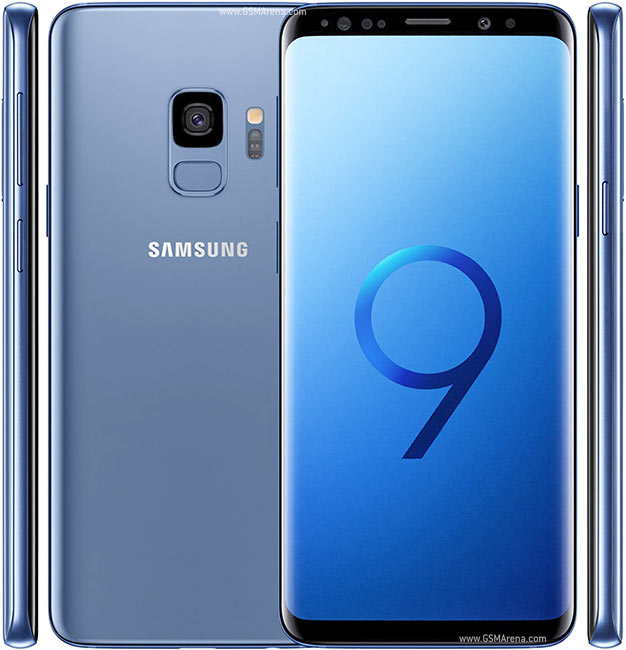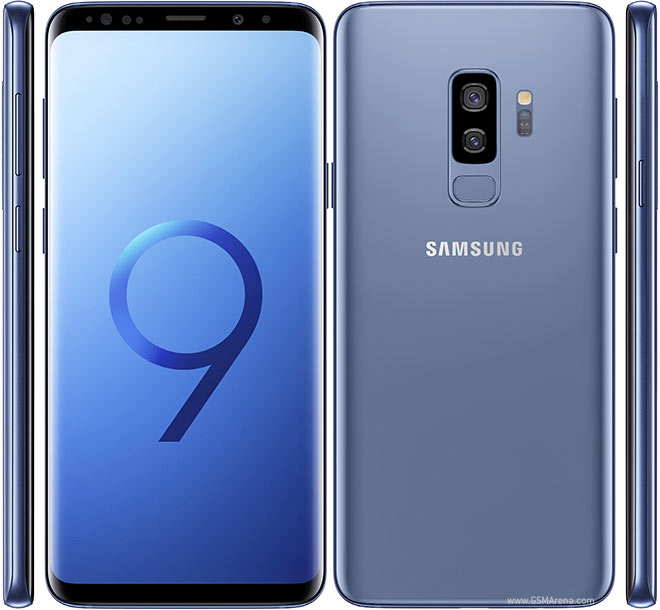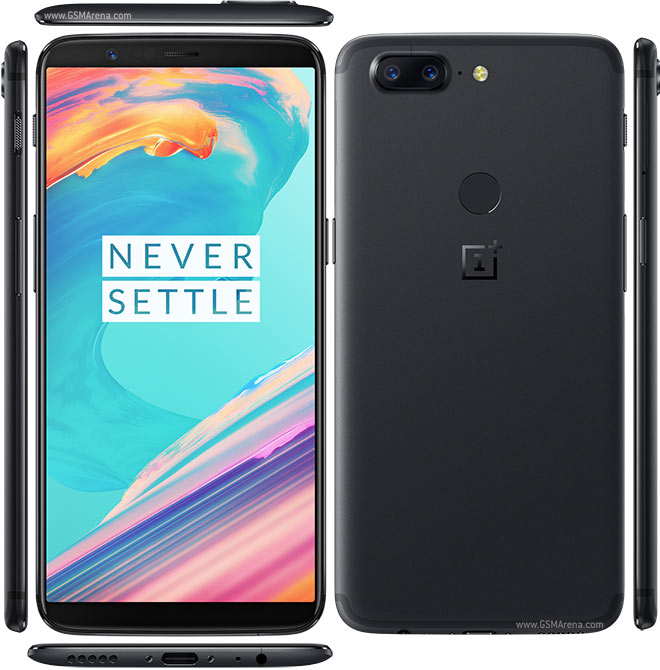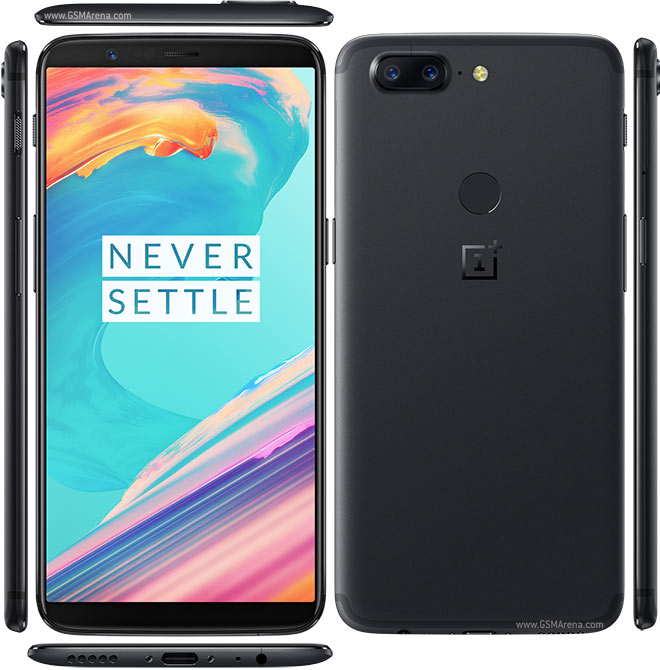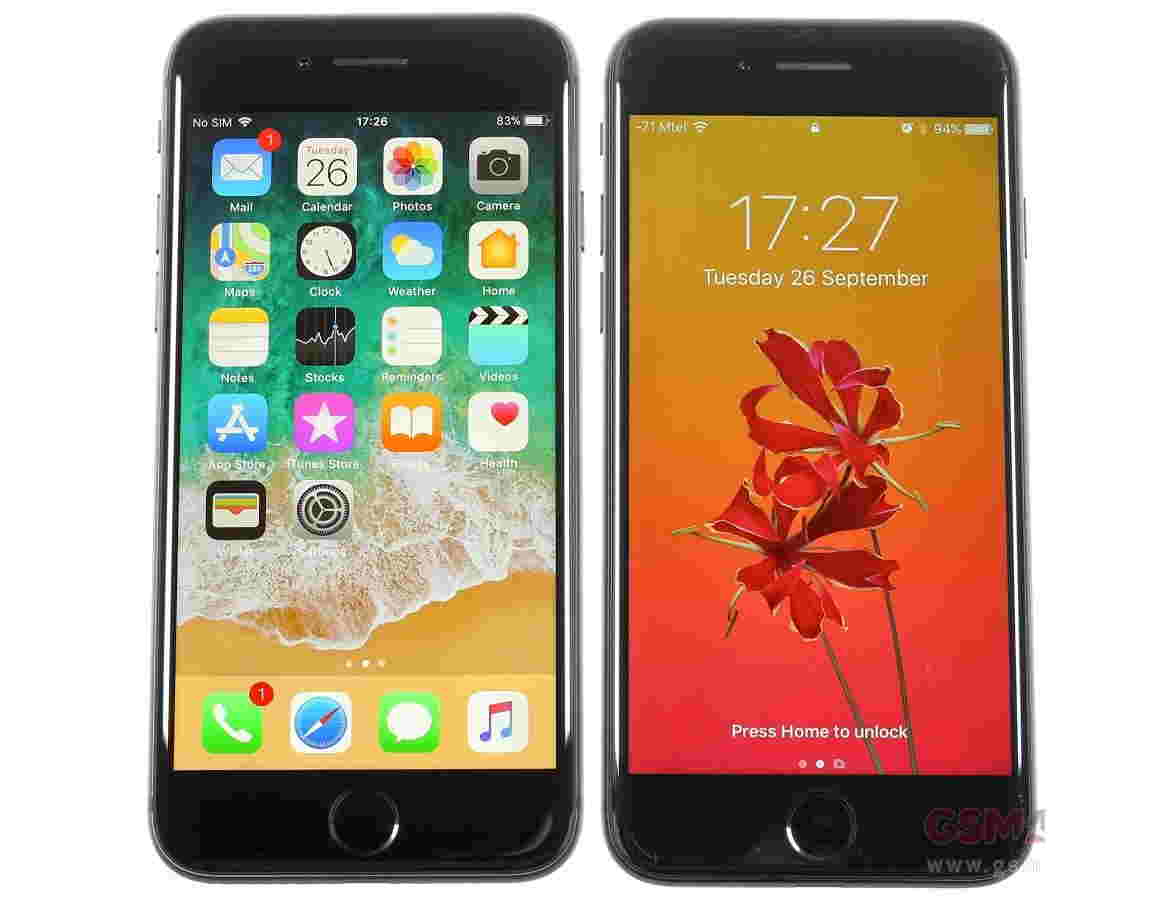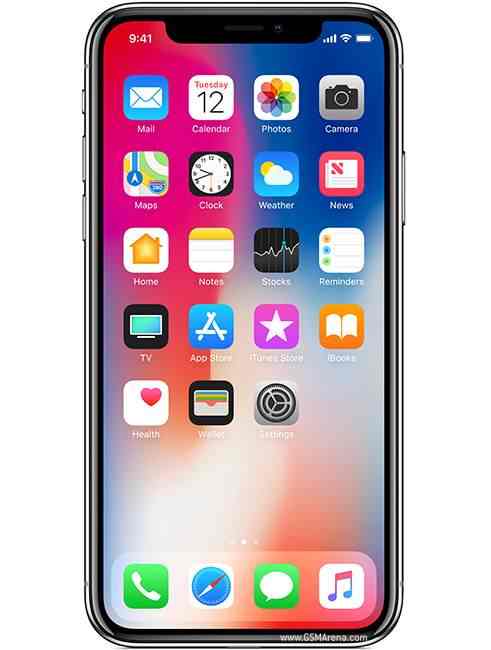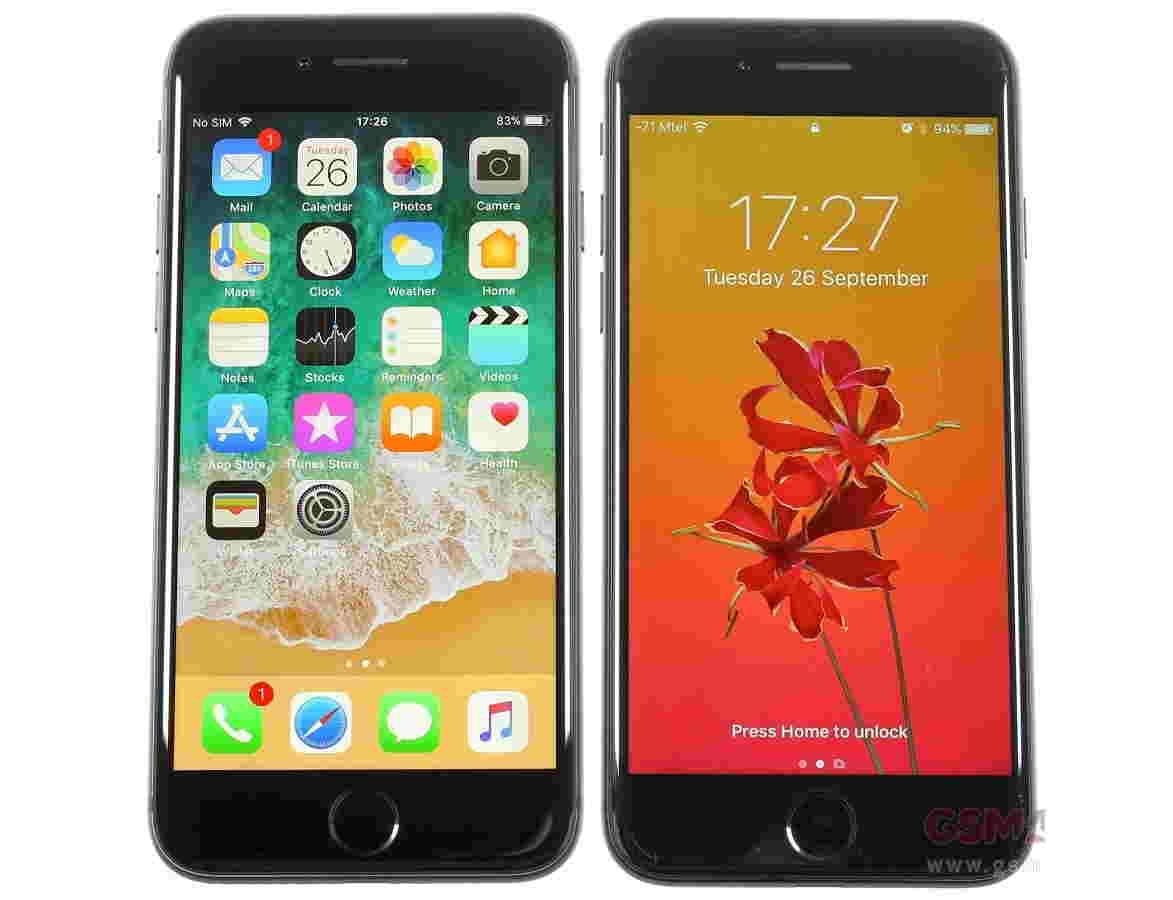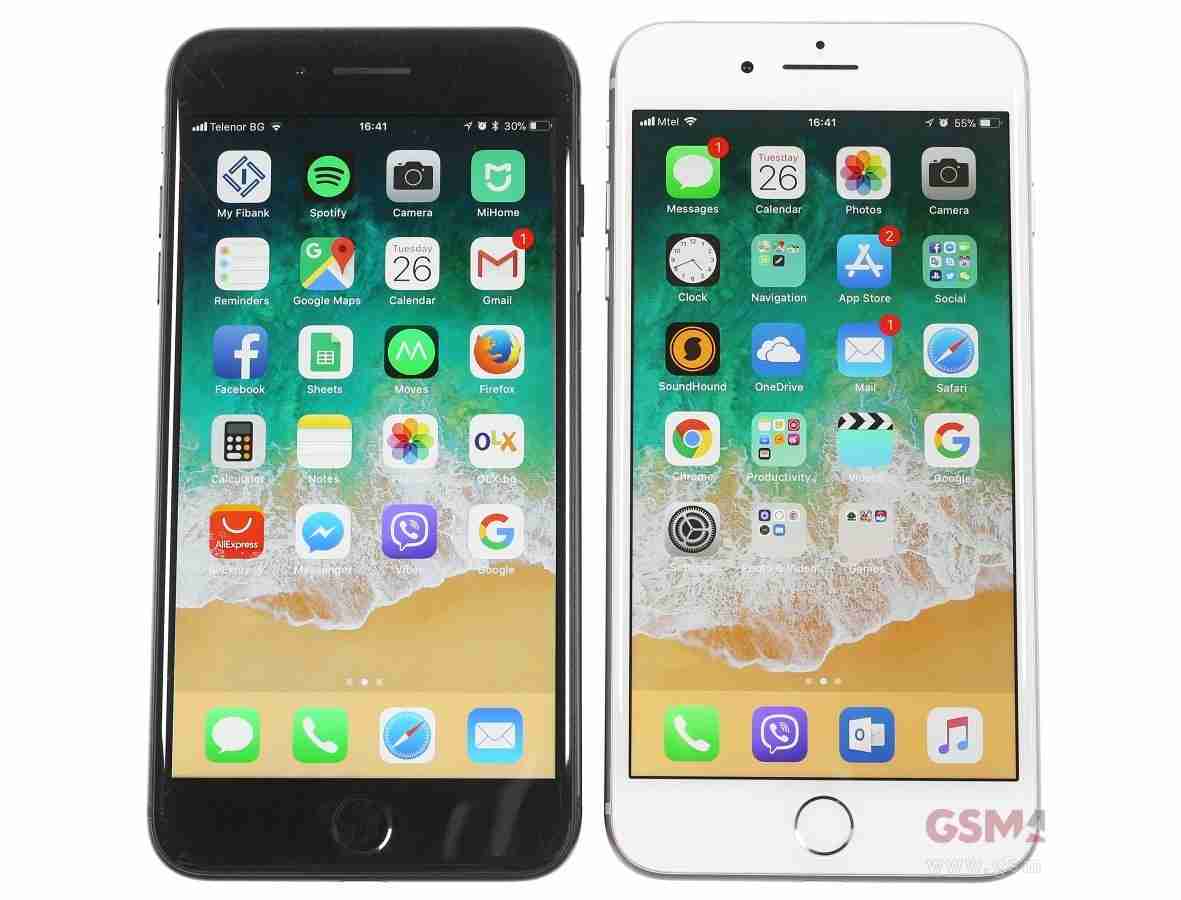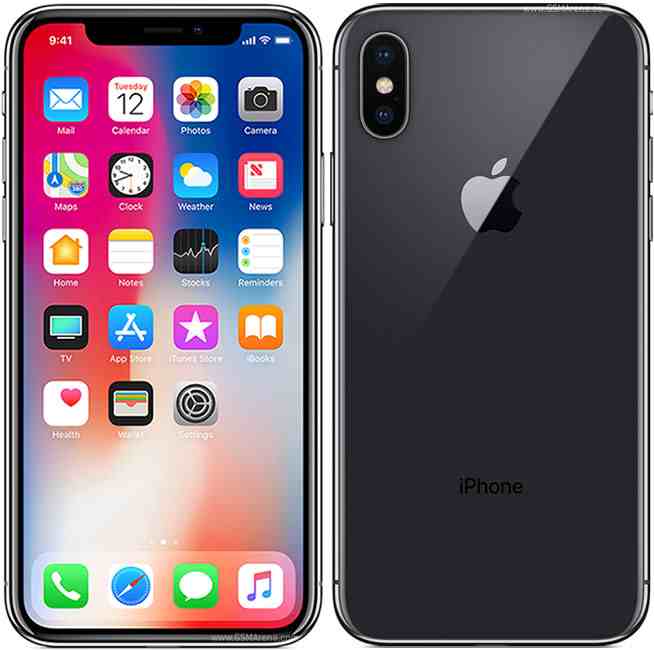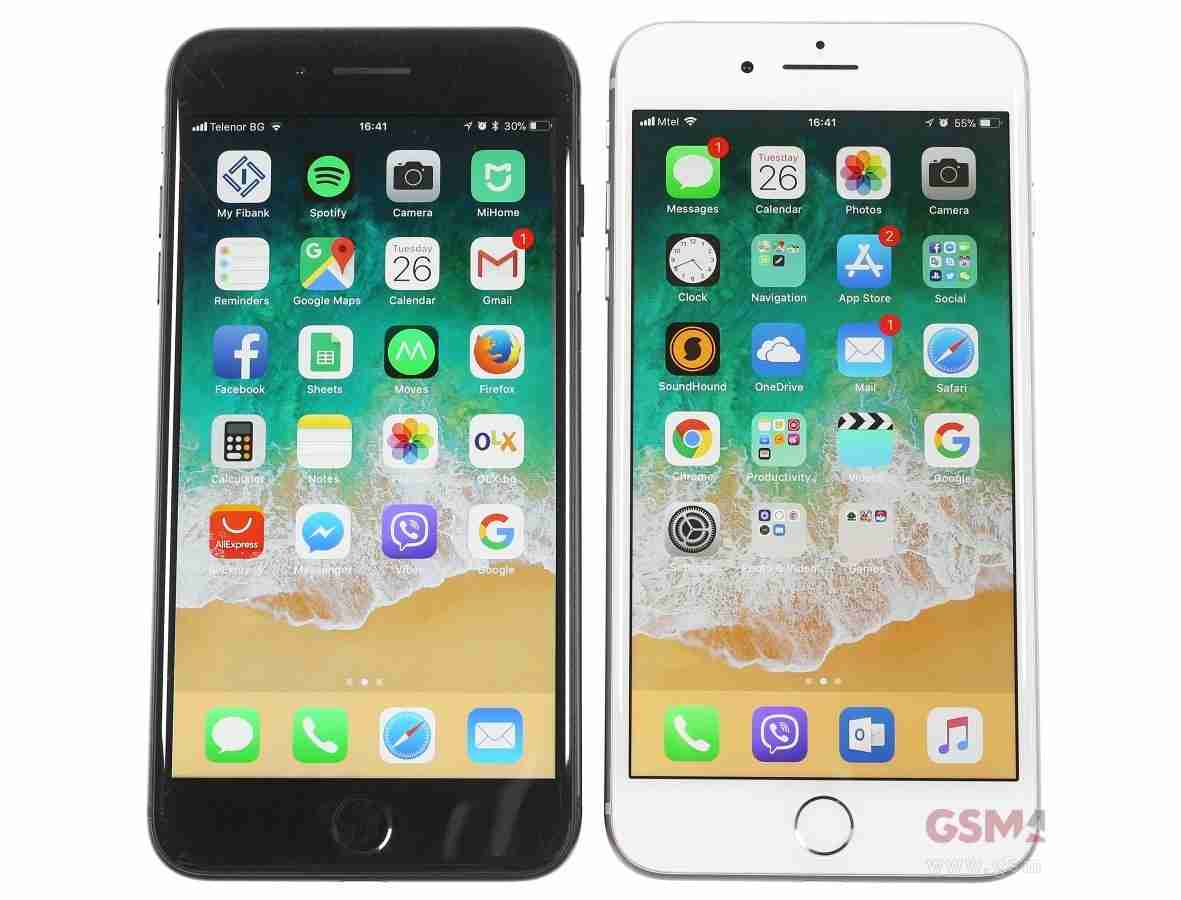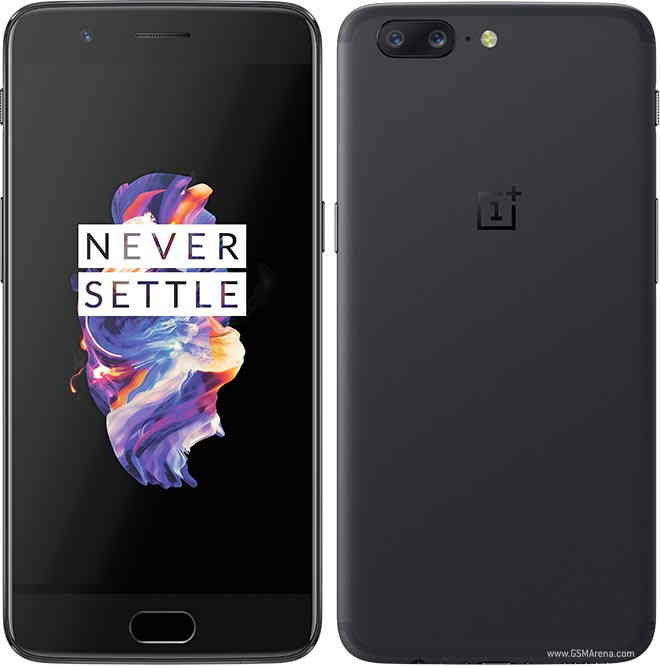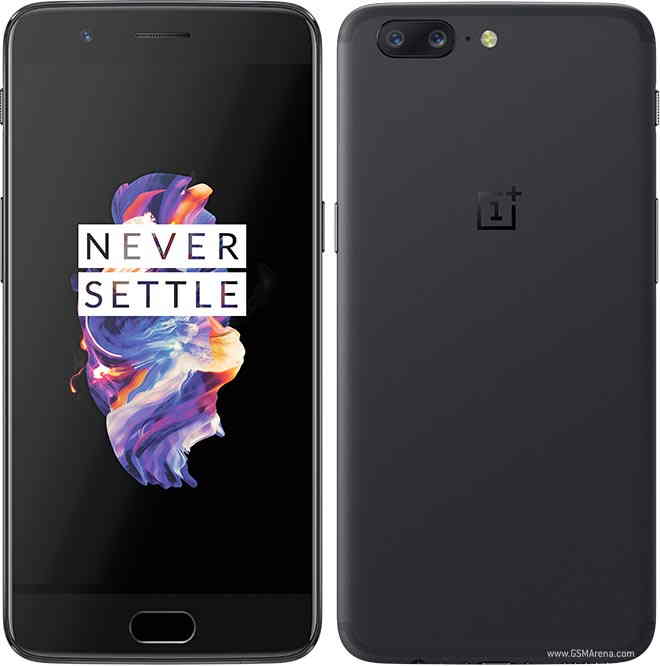Price: £619 (16GB); £699 (64GB); £789 (128GB)
Rating: 8
In September 2014, Apple launched two entirely new smartphones. We’ve taken a look at the iPhone 6 separately, but here's our review of the iPhone 6 Plus which has been fully updated after four months of daily use. (See also: the best smartphones you can buy in 2015.)
iPhone 6 Plus review: Design and size - living with a 5.5in phablet
Compared to the angled and almost industrial design of the iPhone 4 and 5, the iPhone 6 Plus makes something of a return to the original iPhone with curved sides. The screen gently curves at the edges to meet the sides and, even though it’s not much thinner than the iPhone 5, it feels it because it’s so much larger (it measures 78x158x7.1mm).

And it really is a lot larger. Just look at the footprint compared to the iPhone 5S and 4S above. It's bigger than quite a few Android phones which have 5.5in screens: not wider, but taller. And this explains why Apple had no choice but to move the power button to the side. Whether you hold it right- or left-handed the power button now falls under your finger or thumb. The only problem is that the button is directly opposite the volume buttons, so it's very easy to accidentally press both. Usually, this means turning the phone off when you meant to increase the volume or take a photo using the volume button.
Like everything, though, you quickly get used to the size of the 6 Plus, and the bigger screen really makes a positive difference when browsing websites and using any apps which have small controls which are fiddly to use.
However, it's not perfect if you're used to using your iPhone one-handed. The first issue is that the bigger screen combines with the thick bottom bezel to make it very tricky to reach even half of the display with your thumb. Double-tapping the home button to activate the Reachability feature isn't the greatest solution as it's still hard to tap anything on the opposite side with your thumb. Unless you have giant hands, that is.
The second issue is weight and - more specifically - balance. When holding the 6 Plus in one hand at the bottom so you can reach the home button the phone wants to tip out of your grasp. The solution is to use two hands, just like a tablet. We've got used to this limitation, and the benefits generally outweigh the drawbacks, but it's important to try out a 6 Plus before buying if you're unsure whether it's too big or not.

A minor point to note is that the camera protrudes from the rear of the iPhone 6 Plus and if you’re the type who refuses to “ruin” the design by using a case, bear in mind that it won’t sit perfectly level when you put it down on a hard surface - in fact, it rocks between two of the corners which is pretty annoying, especially if you like using your phone when it's lying down flat. (Most cases are solve the problem because the camera either sits flush or slightly recessed. Apple's cases are both thicker than the protrusion.)
iPhone 6 Plus review: UK price
The cheapest iPhone 6 Plus is the 16GB base model which costs £619 SIM-free. There are also the 64GB and 128GB models, which cost £699 and £789 respectively. There’s a choice of three colours in each capacity, with our favourite being Space Grey. The silver version has a white bezel around the screen, as does the gold option.
Let's be straight here. 16GB on a modern smartphone is a tiny storage capacity when you can't add to it via a microSD card. Apple has canned the 32GB option, and even that was poky. Remember that you won't actually get 16GB of usable storage – more like 12GB, and that won't hold many apps, especially if you load it with music and take a lot of photos or videos.
So try to afford the 64GB iPhone if you can – you'll thank yourself later, we promise.
See: Where to buy iPhone 6 and iPhone 6 Plus in the UK.

Of course, you don’t have to buy your iPhone SIM-Free. However, on contract you will still have to pay an up-front charge as well as the monthly payment, which will work out more expensive overall. Check out where to buy the iPhone 6 Plus, where we lay out all the best deals.
iPhone 6 Plus review: display and headline specs
You probably don’t need us to list specifications for you, but here are the highlights anyway. The iPhone 6 Plus has a 5.5in screen with a full HD resolution of 1920x1080. It's the sharpest screen on any Apple device to date at fractionally over 400 pixels per inch.
It’s also the brightest screen on any iPhone and has the highest contrast ratio, higher even than the iPhone 6. Apple claims 1,400:1, and the firm never quotes figures it can’t back up. It looks great from any angle, regardless of whether you're browsing for apps on the home screens or reviewing photos and video you just took.
It’s by no means the biggest smartphone or phablet screen, nor is it the sharpest. So-called Quad-HD or QHD screens used by phones including LG’s G3 have four times the resolution of a 1280x720-pixel screen. Since the G3 also has a 5.5in screen, its higher resolution gives it a much higher pixel density of 538ppi, and it really does look fantastic. Here are the two phones side by side:

The Galaxy Note 4 is Samsung’s 5.7in phablet and has the same resolution – 2560x1440 pixels – but obviously a slightly lower density of 515ppi. For most people, of course, this is a complete non-issue, and they will be over the moon with the iPhone 6 Plus’ screen.
Another rival is the Nexus 6, which to all intents and purposes has a 6in quad-HD screen yet is only fractionally larger than than iPhone 6 Plus. You can read our Nexus 6 review here.
There are other new features stuffed inside the 6 Plus, too. NFC has finally made an appearance but it won’t be any use until Apple Pay comes to the UK (which it still hasn't). Hopefully Apple will open up the chip to developers so iPhone 6 Plus owners can use it for more than just buying goods and services. Read: iPhone 6 NFC chip is restricted to ApplePay.
There’s also faster Wi-Fi (now 802.11ac) and a barometer which is used by the new M8 motion coprocessor to gauge elevation changes and – as many activity trackers do – record when you’ve walked up a flight of stairs. This data can then be read in the Health app which is new in iOS 8.
iPhone 6 Plus review: performance
Performance is excellent, just as you'd expect from one of the most expensive smartphones ever made. The on-paper specifications aren’t all that exciting: Geekbench reports the A8 CPU running at 1.39GHz (roughly 200MHz faster than the iPhone 6), but the iPhone 6 Plus showed it was clearly the fastest iPhone yet with a multi-score average of 2917.
To put this in context, the Samsung Galaxy S5 managed 2869, the iPhone 5s 2556 and the LG G3 2233. The Nexus 6 is quicker - in this synthetic benchmark - with 3304, and the Note 4 isn't far behind with 3272.
In GFXbench 3, the iPhone 6 Plus managed 41.1fps in the older T-Rex test, and 18.7fps in the demanding Manhattan test. Despite having a faster-clocked GPU than the iPhone 6, having to drive the extra pixels takes its toll, and these frame rates are a little lower than the iPhone 6, which scored 49.1fps and 26fps respectively.
In SunSpider 1.0.2 we saw a speedy result of 369ms, making the 6 Plus one of the quickest smartphones we've seen in the web browsing test.
GeekBench 3
GFXBench T-Rex
GFXBench Manhattan
SunSpider
Nexus 6
3304
27fps
12fps
791ms
Galaxy Note 4
3272
27fps
11fps
1367ms
LG G3
2233
20fps
7fps
977ms
iPhone 6 Plus
2917
41fps
19fps
369ms
Of course, it doesn’t make sense to buy any product based on benchmark results, let alone a couple of synthetic tests. What matters is real-world performance and battery life.
As you'd expect, the iPhone 6 Plus feels extremely fast in general use. There's no hint of lag or judder throughout iOS 8, nor a delay when launching most apps. One of the areas where you really notice the extra speed - especially if upgrading from an iPhone 5, 5c or 4s - is how quickly the 6 Plus is able to stitch together panoramas (which are now saved in a much higher resolution than before) and compress videos for emailing.

iPhone 6 Plus review: performance
Battery life is certainly a step up from any previous iPhone. In normal use, which in our case is a mix of web browsing, phone calls, watching videos, playing games, taking and editing photos and sharing them on Facebook, we're able to go almost two full days between charges.
Obviously your mileage will vary: battery life is highly dependent on what you're using a smartphone to do. Streaming video over 4G at maximum screen brightness will quickly deplete the battery, whereas checking and sending emails at a medium brightness won't.
Even when really hammering the phone by playing games, watching videos over 4G and lots of mobile web browsing it will still easily last a day.
iPhone 6 Plus review: cameras
The 6 Plus has the best rear camera of any iPhone, including the iPhone 6. It may still have an 8Mp sensor but as anyone who knows anything about digital photography will tell you: more pixels does not necessarily equal better quality photos (or video).
The 6 Plus has a couple of features which elevate it above earlier iPhones. One is optical image stabilisation, which even the iPhone 6 lacks. This helps counteract camera shake by physically moving the camera, and leads to sharper images in low light, which is the only time the system is active.

In most situations, the iPhone 6 Plus takes fantastic photos. It's in its element in good light: details are sharp, colours accurate and exposure spot on. In some photos, quality is noticeably better than the iPhone 5s; in others, there's not that much to separate them. In low light, the 6 Plus wins out, but you're not guaranteed a great shot.
In the shots that aren't blurry, the new camera and processor team up well to eliminate unsightly noise as well as retaining detail. Here's an unedited low-light shot that's only been resized to 1200 pixels wide.

The test shots below show how the iPhone 6 Plus compares to the iPhone 5s, and there's really very little to tell them apart if you're scrutinisng at the pixel level. These are resized to 1200 pixels wide, but otherwise unedited.
First the iPhone 6 Plus. Click it to enlarge.

Now the iPhone 5s, which was taken just moments later:

Finally, here are the 100 percent crops so you can see the actual detail which each phone provides, completely unedited:

The iPhone 6 Plus is above, the iPhone 5s below.

In the videos, you can clearly see the iPhone 6 Plus' stabilisation in action, as the short clip is much smoother than the iPhone 5s'.
First the iPhone 6 Plus:
Below is the iPhone 5s:
The new 'Focus Pixels' make a huge difference in video. There's almost no focus hunting - where the camera can't lock onto the subject - and the system is very fast to switch focus between objects at different distances. The stabilisation also lends a real cinematic feel to footage when you're moving, but it can't cope with extreme movement such as when you're running.
Two new modes are time-lapse and 240fps slo-mo. Time-lapse is fun, but you really need to find a place to prop up the phone as hand-held time-lapse movies are usually too jerky. With the new high-frame-rate slow motion setting, hand-held shots are no problem at all. In fact, the problem is that it's still too difficult to share slo-mo videos and the clip below had to be AirDrop-ed to an iPad to create a shareable movie that wasn't as highly compressed as the email option.
iPhone 6 Plus review: software
If you're upgrading from an iPhone 5S or similar, you're already familiar with iOS 8. On the iPhone 6 Plus, though, are some extra features you won’t get on older iPhones. One is a split-screen or twin-column view in certain apps – just as you already have on the iPad. These are also available in landscape mode, and the home screen also rotates to a landscape view.
Instead of simply making the keyboard keys larger or wider, you get new keys on the iPhone 6 Plus, and more than you’ll see on an iPhone 6. To the left are cut, paste and undo buttons, while on the right are cursor keys and extra punctuation keys. What's frustrating is that there's no option to use the extra screen space for a row of number keys so you don't have to swap between letters and numbers. Also, after months of use, we still prefer using the keyboard in portrait mode as the extra keys change the layout enough to make it harder to type quickly without accidentally tapping those extra keys.
We've already talked about Reachability, which helps to offset the larger screen and enable you to ‘reach’ the whole screen with one hand. When you double-tap on the home button, the top half of the screen slides down to the bottom.
This means your thumb should be able to reach far enough to tap the top row of icons when on the home screen, or swipe down to display the Notification Center. It works in any app, so whenever buttons or options are out of reach, a quick double-tap should sort it out. In practice, this doesn't really work on the iPhone 6 Plus as it's still too big for average-size hands.
We're disappointed at the slow pace at which apps have been optimised for the iPhone 6 Plus' new resolution. Too many are still scaled up to fill the whole display: even big-name apps such as ebay. It's a waste of the extra real-estate and means you won't always benefit from those extra pixels.
We've also hardly used the landscape home screen because most apps launch in portrait mode and don't even have a landscape mode (yes, Facebook, you're one of them).
For more on iOS 8, see our review .

iPhone 6 Plus review: verdict
When we initially wrote this review, the new size was something of an unknown. Four months on, we can safely say that the iPhone 6 is the better choice for most people for the reasons we list in our iPhone 6 vs 6 Plus comparison.
The truth is that a 5.5in screen isn't quite big enough to enable the 6 Plus to replace a tablet, yet the device is arguably too big and unwieldy as a smartphone. This is why it's imperative you try out out before buying. It will suit some people perfectly, while others will quickly see that it's not for them: it won't fit in their pockets and demands two-handed operation much of the time.
The screen size, resolution and aspect ratio make it great for watching videos and gaming on the move, but it's not ideal if you want to strap it to your arm and go running.
One thing is for sure: the iPhone 6 Plus is expensive. If you're a dedicated iPhone user and would never consider switching to Android, you'll save money by going for the smaller iPhone 6. But if a bigger screen is what you want or need, the iPhone 6 is a very fine smartphone indeed.
Get the iPhone 6 here,
iPhone 6 (16GB)
iPhone 6 (64GB)
iPhone 6 (128GB)
Get the iPhone 6 Plus here,
iPhone 6 Plus (16GB)
iPhone 6 Plus (64GB)
iPhone 6 Plus (128GB)
Buying Advice
As with the iPhone 6, it's hard to come to a conclusion about the iPhone 6 Plus. For a start, it’s unusual for Apple not to make the first move, so while the iPhone 6 Plus is the biggest and fastest iPhone ever, there are even bigger smartphones with higher resolution screens in the Android stable. There’s also the unknown for a lot of people. Is a 5.5in screen too big? Conversely, is it big enough to replace a tablet such as the iPad mini? These are questions that have no definitive answers: screen size is and will always be a personal preference. There will be iPhone owners that will prefer to stick with a smaller screen and opt to hold onto their iPhone 5s / 5c / 5 or buy a 4.7in iPhone 6. Others will love the extra size for browsing websites, watching videos, using detailed apps (such as Garageband) and browsing their iCloud Photo Library. Yet more might feel that 5.5in isn’t enough to comfortably browse some websites or use fiddly controls in apps. As Jason Snell observed above, if you’re not sure, it’s well worth heading to an Apple store to try out an iPhone 6 Plus before you buy. One thing is for sure: the iPhone 6 Plus is expensive. If you're a dedicated iPhone user and would never consider switching to Android, you'll save money by going for the smaller iPhone 6. But saving money has never been a goal for most iPhone buyers and on that basis, the iPhone 6 Plus is a very fine smartphone indeed.



